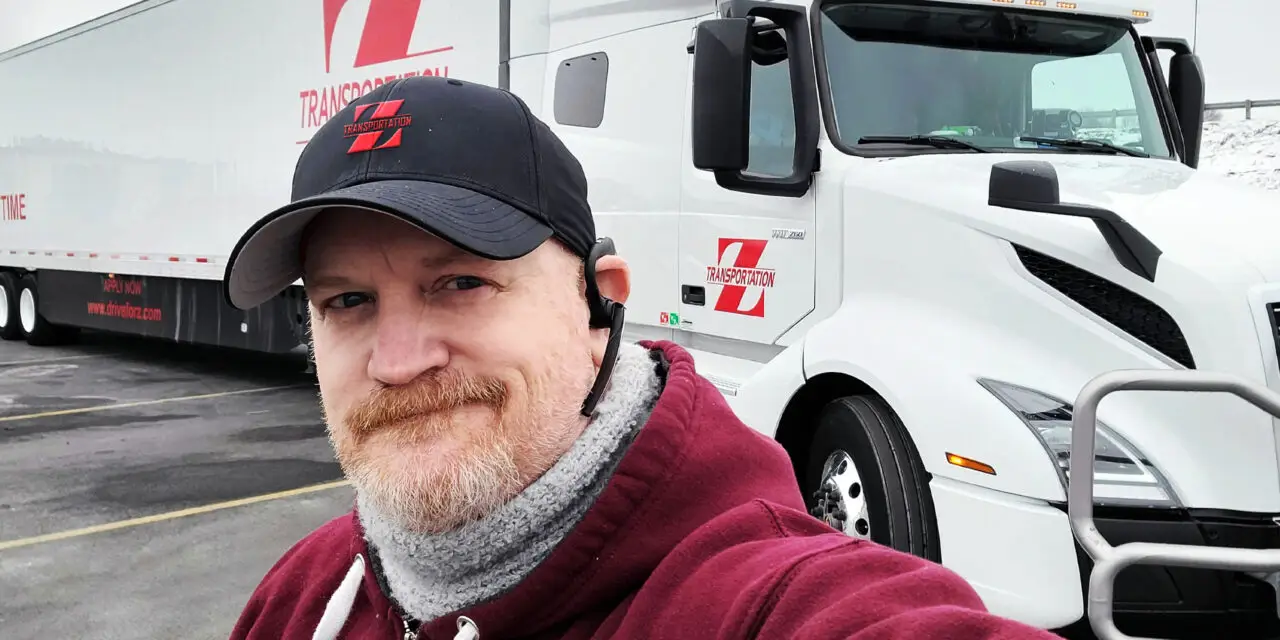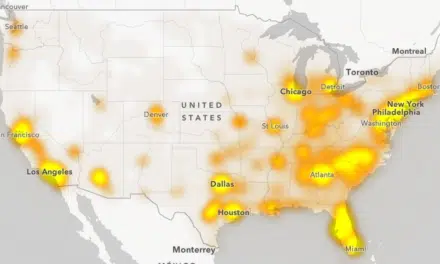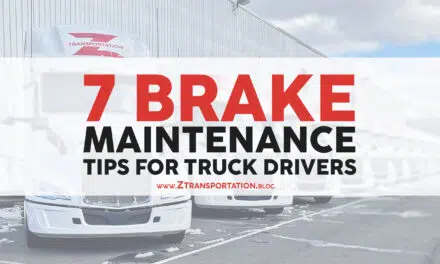
Learning to drive an 18-wheeler does not end with making a proper left turn. It’s a life skill that many skilled drivers have honed to an art form.
My first lectures addressed tips for making your day run more smoothly. That information did not come from a book, but rather from qualified trainers who took the time to make me think about the next step and create solid habits that would benefit me in my profession.
Here are six truck driving ideas I’d like to share and give thanks to the trainers that helped me, which is long overdue:
1. After parking, take a look back at your truck.
I park my pickup in a parking area, get out, and walk toward the surgery room. I’ve been instructed several times what to do when I walk away from the truck, and I think I’ve figured it out. “Are you done?” my trainer asks. “Yes!” I exclaim.
We’re walking and conversing when he instructs me to turn around and look at my truck. And there you have it. My left blinker is blinking. I must have hit it while getting out of my pickup. I smile, sigh, and begin my walk of shame back to the truck to turn off the blinker.
When leaving your truck, always turn around and glance at it. I’ve lost count of the number of times I’ve seen flashing lights and blinkers in the parking lot. Thank you, David Dandeneau, for teaching me one of my earliest and most crucial driving lessons.
2. Keep an eye on your trailer at all times.
You are not driving safely if it leaves the road or goes outside of the line. That trailer is a weapon that might damage or kill you and others. But, as I was pulling up extremely close to the trailer next to me, I heard someone say, “Drive that trailer or you will fail!” It was something I’d never forget. Thank you so much, Ken Booker!
3. Perform a thorough pre-trip examination.
“Did you do a pre-trip?” you never know when you’ll be asked. If it’s a DOT officer, you’ll want to know if you looked good at the inspection date, including the lights, tires, pins, fifth wheel, lights, and even the valve stem covers. I’m particular about them and keep plenty on hand in my side pocket door.
That point was really driven home by a story from my first year of trucking: we ran into an old acquaintance, and he had just picked up a load in which he needed to put a valve stem cover on all eight trailer tires. Thank you once more, David Dandeneau, for your wisdom and a timely reminder! That is something I will never forget, and Maintenance is happy to accommodate drivers by providing free valve stem coverings and extra lights.
4. When you find the desired location, pay attention to the tire tracks.
Often, the truck that has just pulled out will have a nice lane to back into. Aim your tire in that direction. You’ll be astonished at how close you can get and how much better your accuracy will improve by paying attention to the direction your wheels are following. But remember to G.O.A.L. (Get Out And Look)! That is some of the best advice any trucker has ever received! I heard that from all trainers, but mostly from retired Joe Ward and my own husband, Joe Nader. Many thanks to everyone!
5. Pay close attention.
When you take the exit to the truck stop, examine the exit and the signage to ensure you know how to return to the highway. There are several exits and ways to escape, but only a few will lead you on the proper path. And, because out-of-route miles are so crucial, you want to keep them as short as possible. Not to mention getting lost if you take the wrong turn. I know where I-40 is, but I’m not familiar with the community that surrounds it. Thank you once more to my husband, Joe Nader. It’s a tremendous plus not to get lost!
6. Don’t swerve to avoid hitting that animal.
I adore animals as much as the next person, but it is not worth risking your life or the lives of other cars to swerve 80,000 pounds around the road to avoid an animal. It’s unfortunate that some people still let their animals go loose, and I regret driving over a lovely boxer dog at Big Cabin, a deer on the run in Wyoming, and an alligator in Alabama. I tried to slow down because none of them realized I was there, but there was nothing I could do. All you can do is grip the steering wheel tightly, keep the vehicle straight, and slow down.
I believe it is critical not to swerve to avoid the animals. And I owe it to the Safety department to thank them for their policy. It’s an excellent one.
Never be frightened to seek assistance.
I see a lot of novice drivers that could benefit from your experience if you’re an experienced trucker with truck driving advice to provide. At Z Transportation, we collaborate to create solutions for one another.
I recall one thing my husband used to tell his trainees, and I was one of them: “You are not alone in this. When you require assistance, ask for it.”
It was and continues to be, sound advice.









